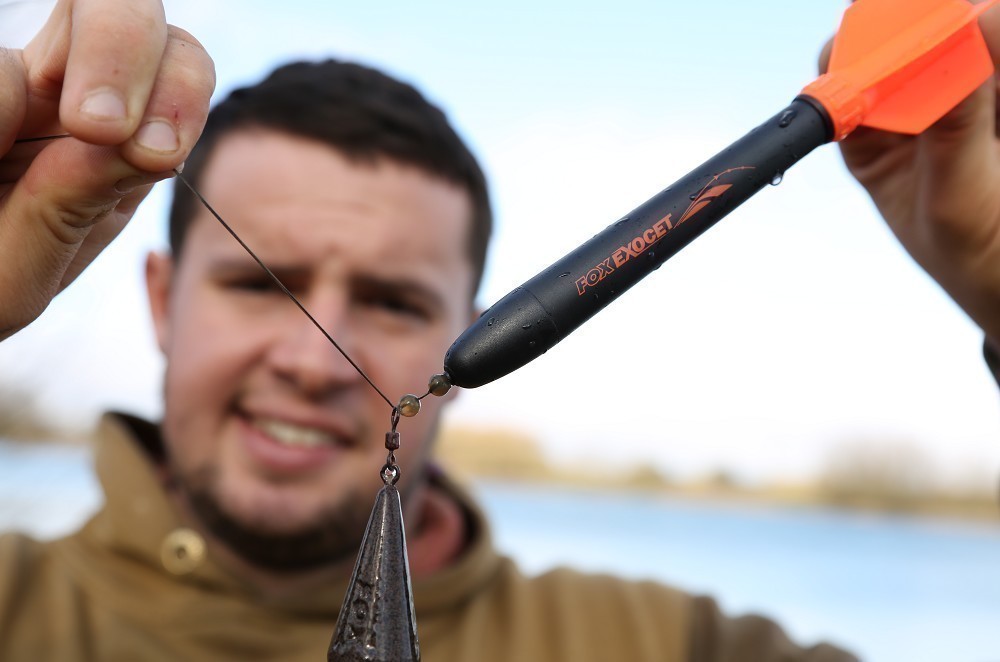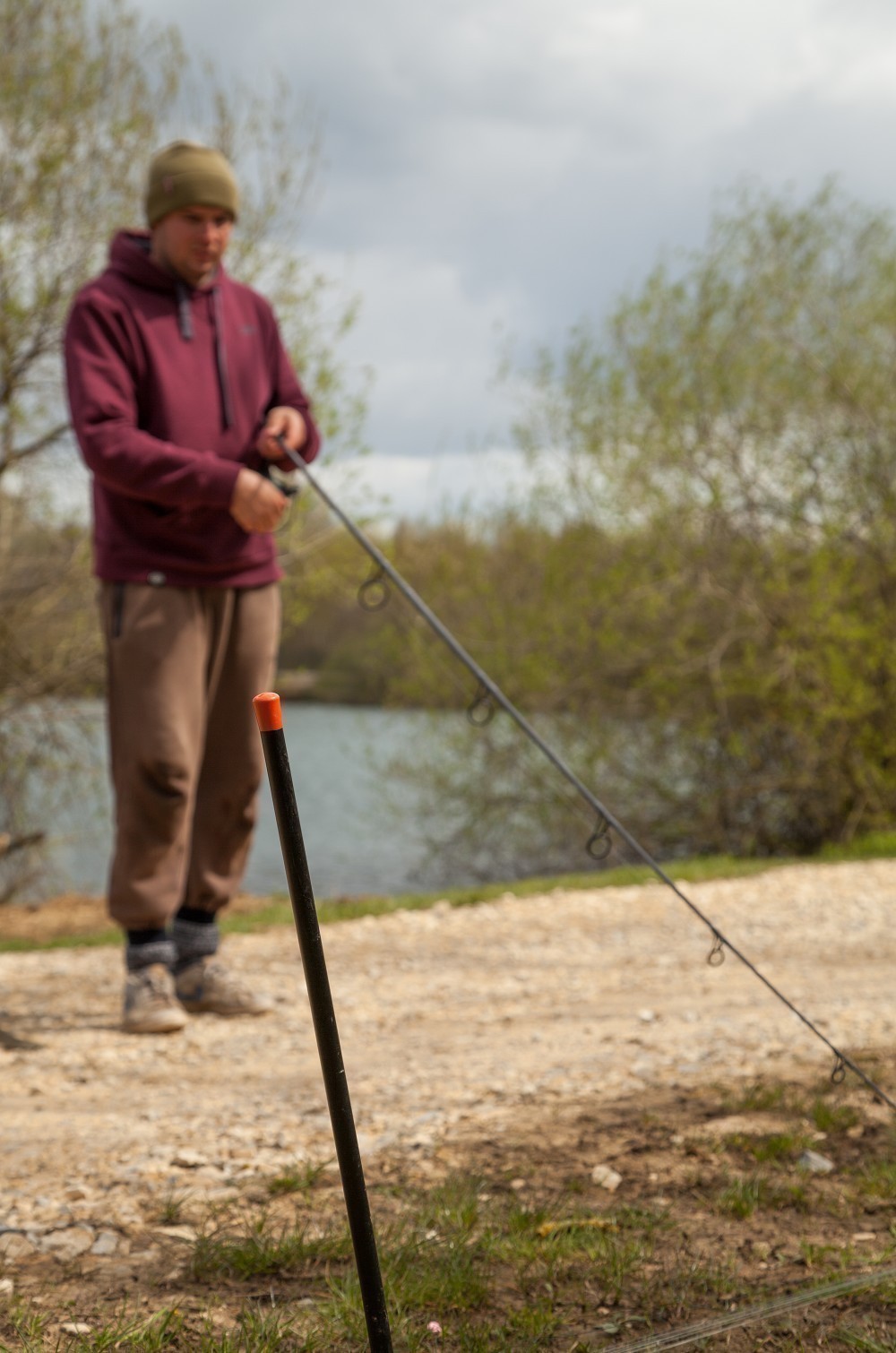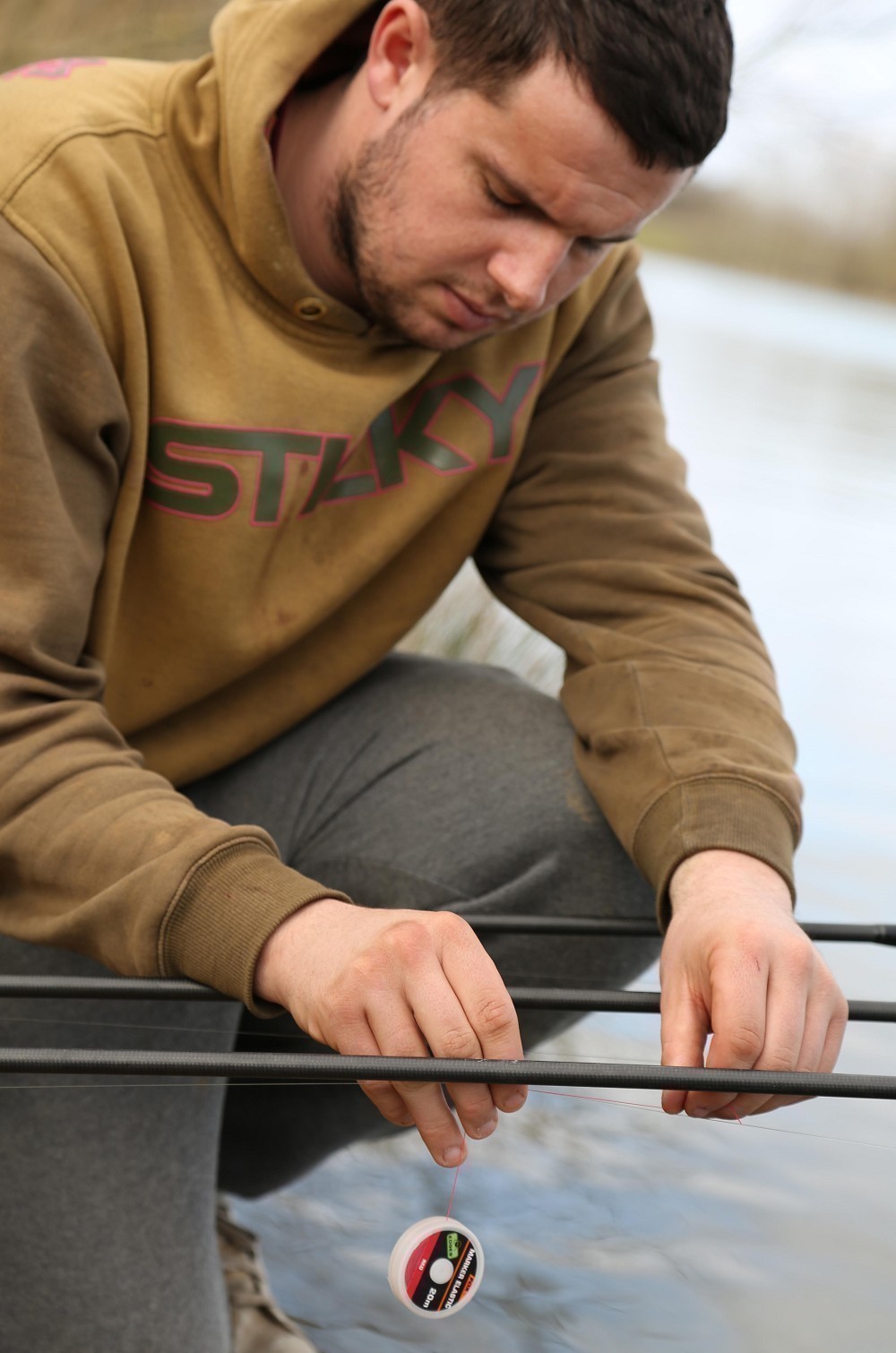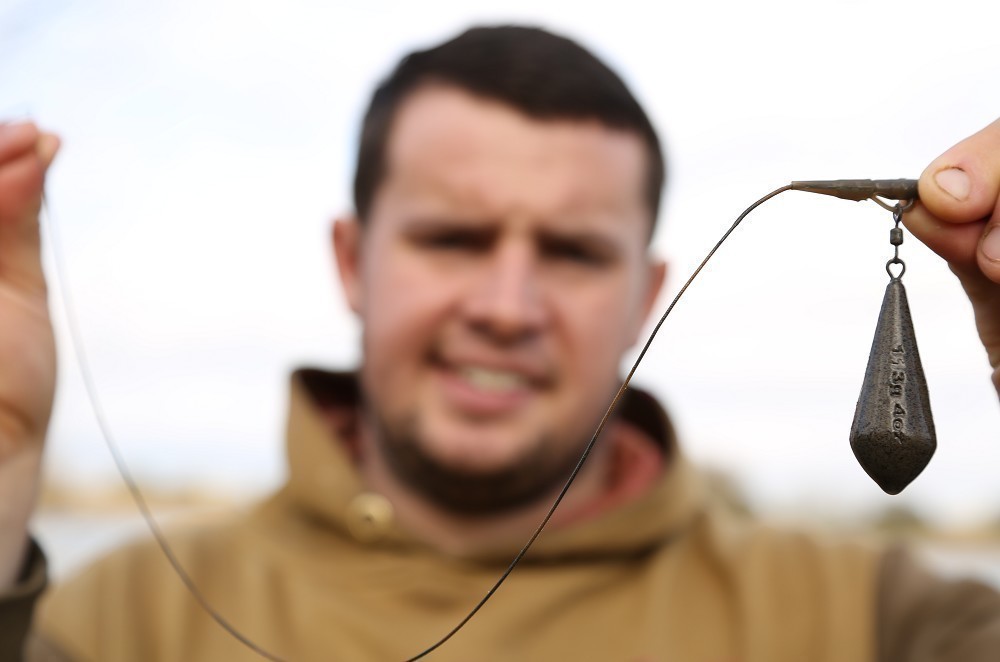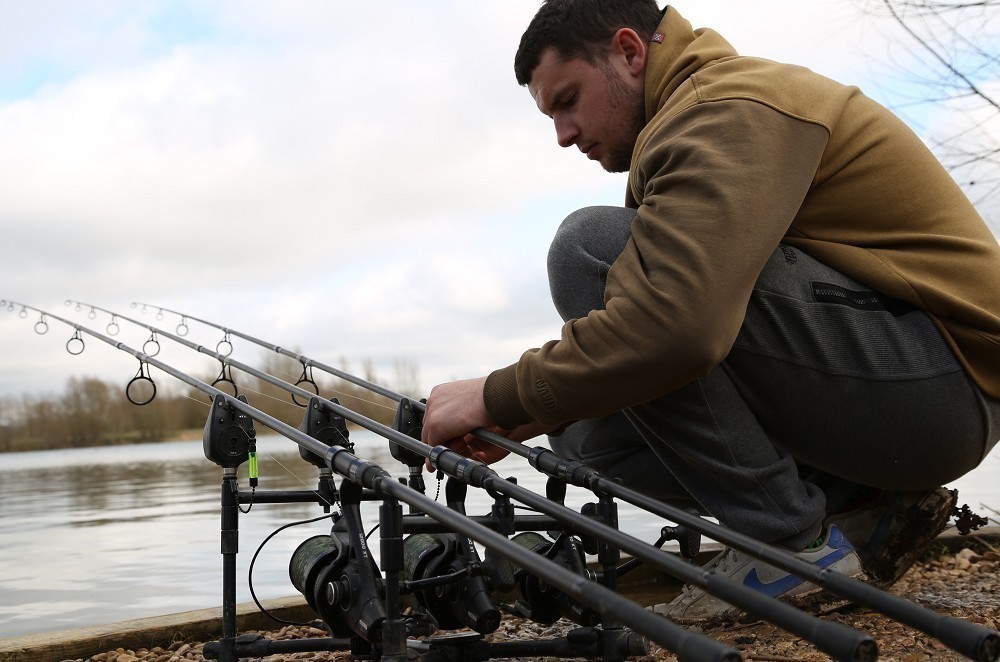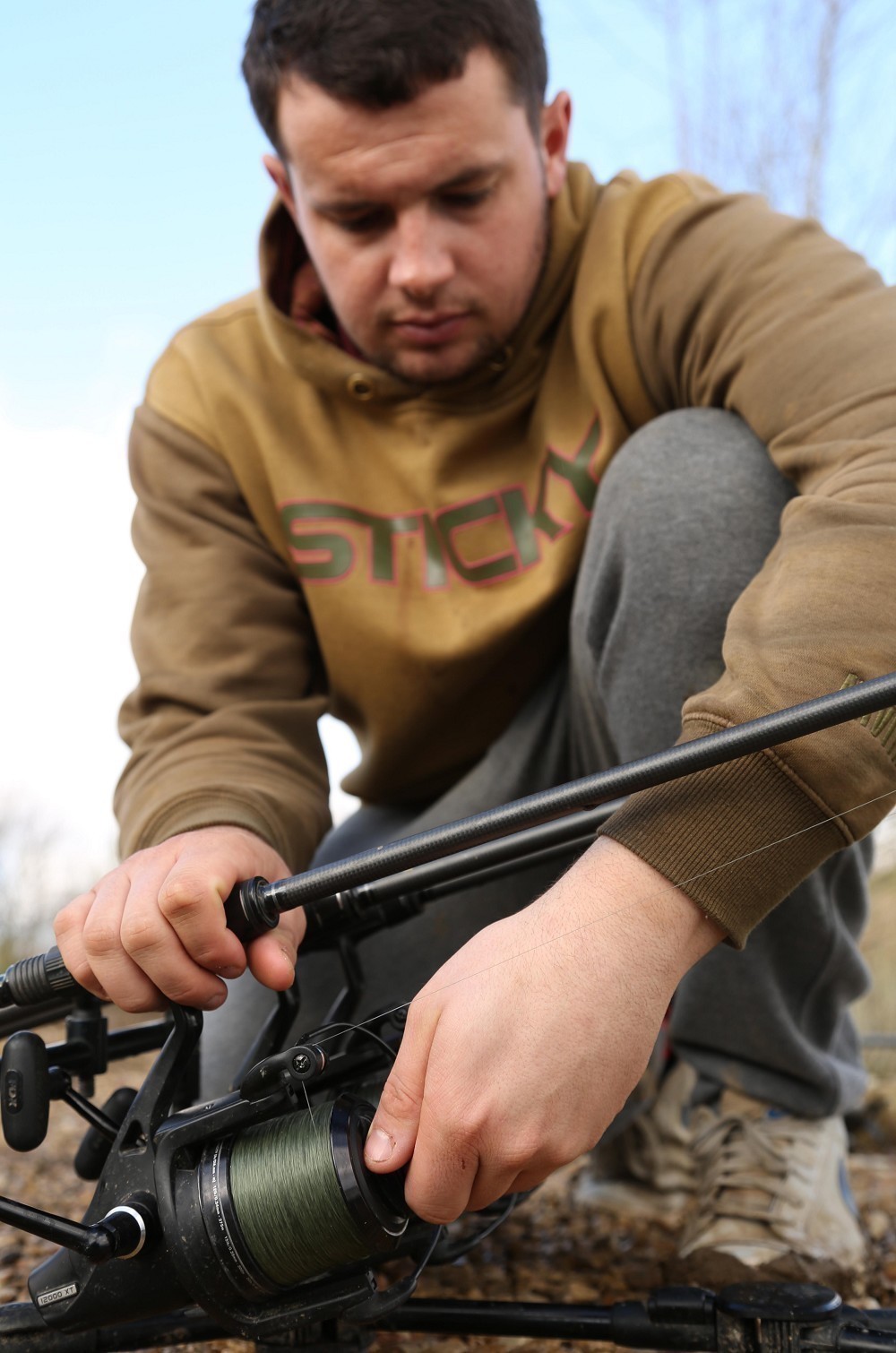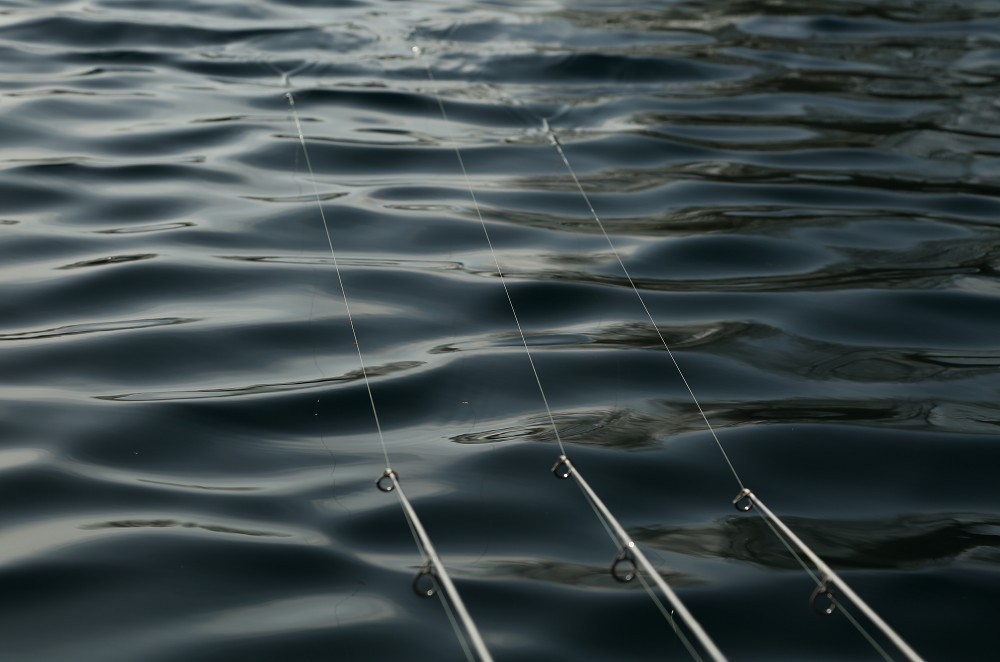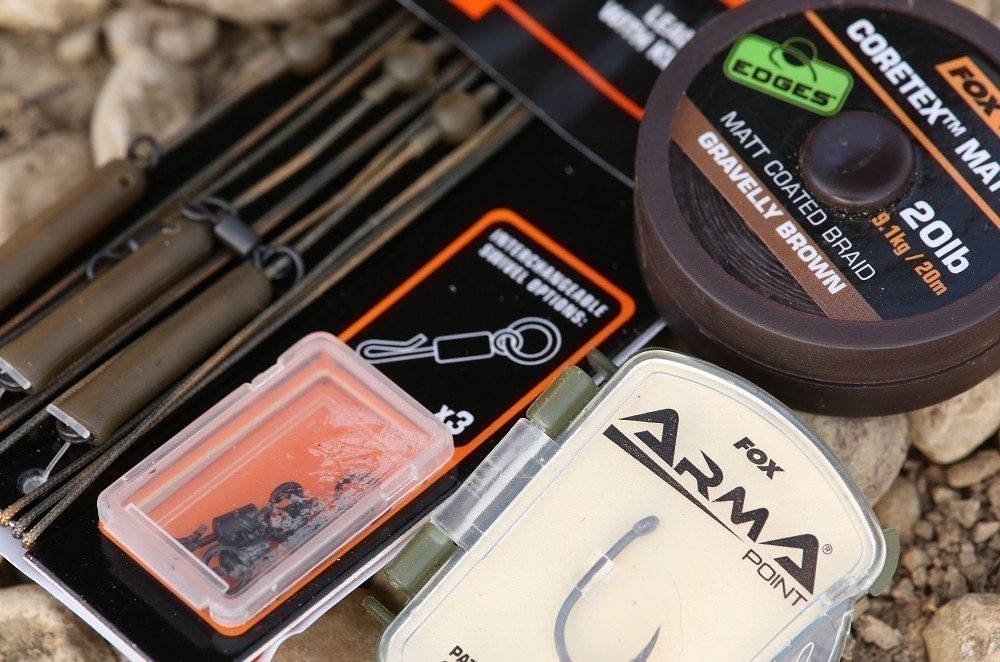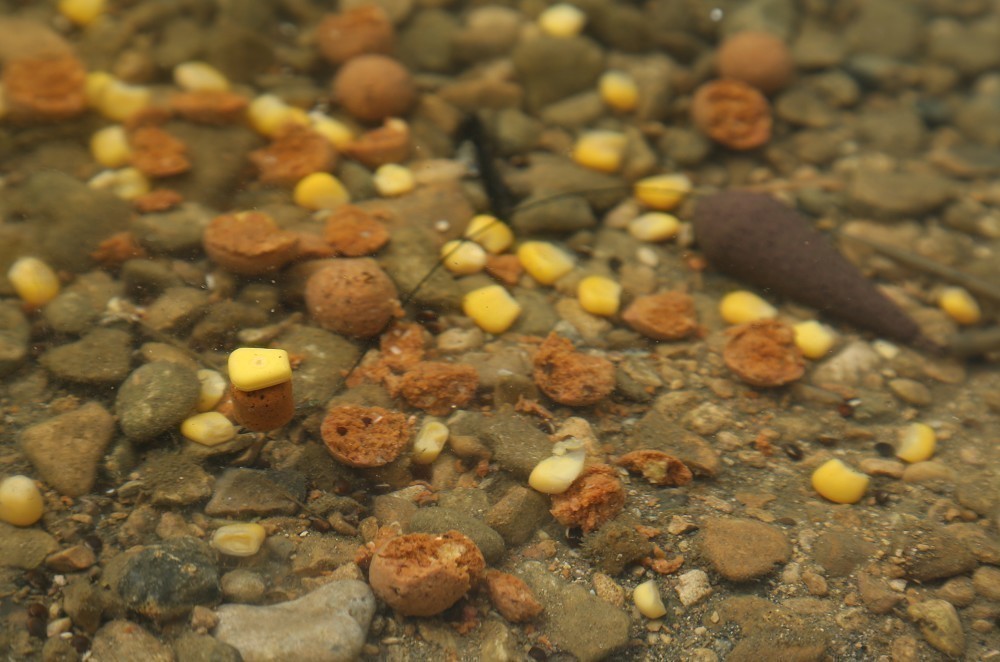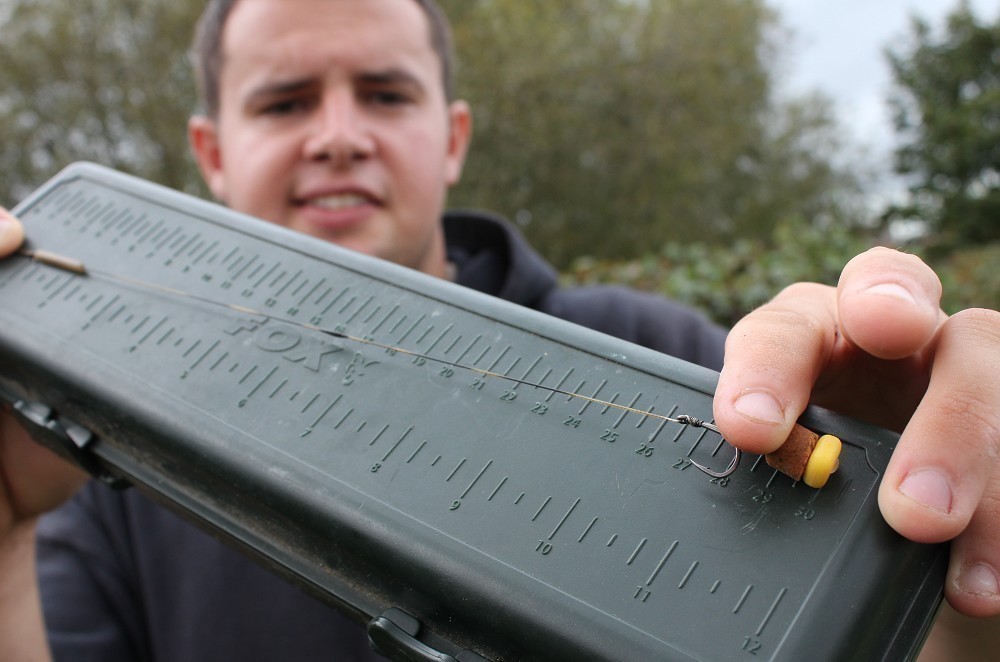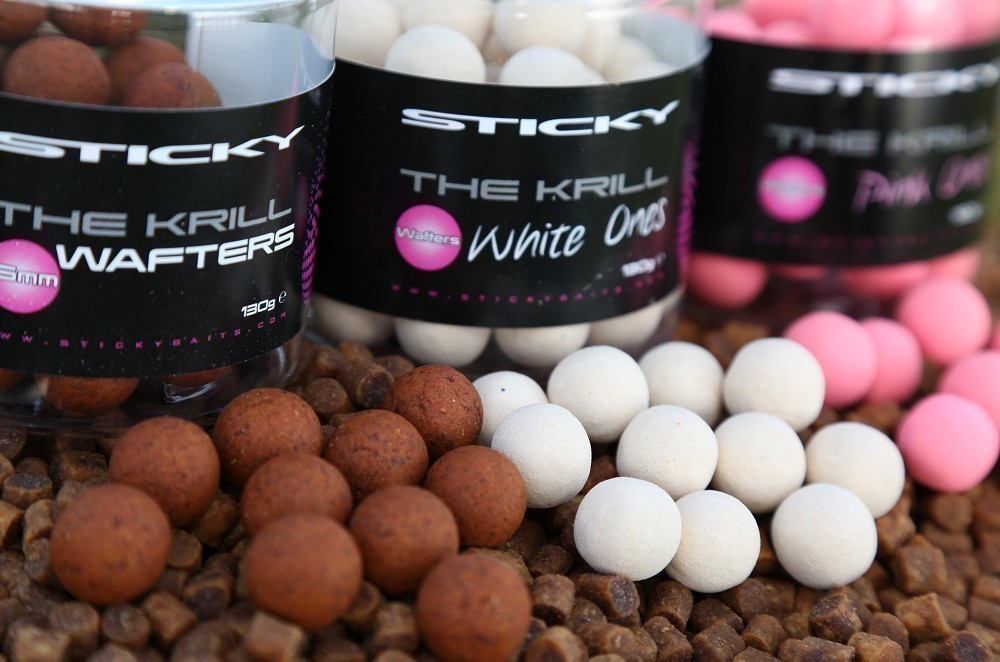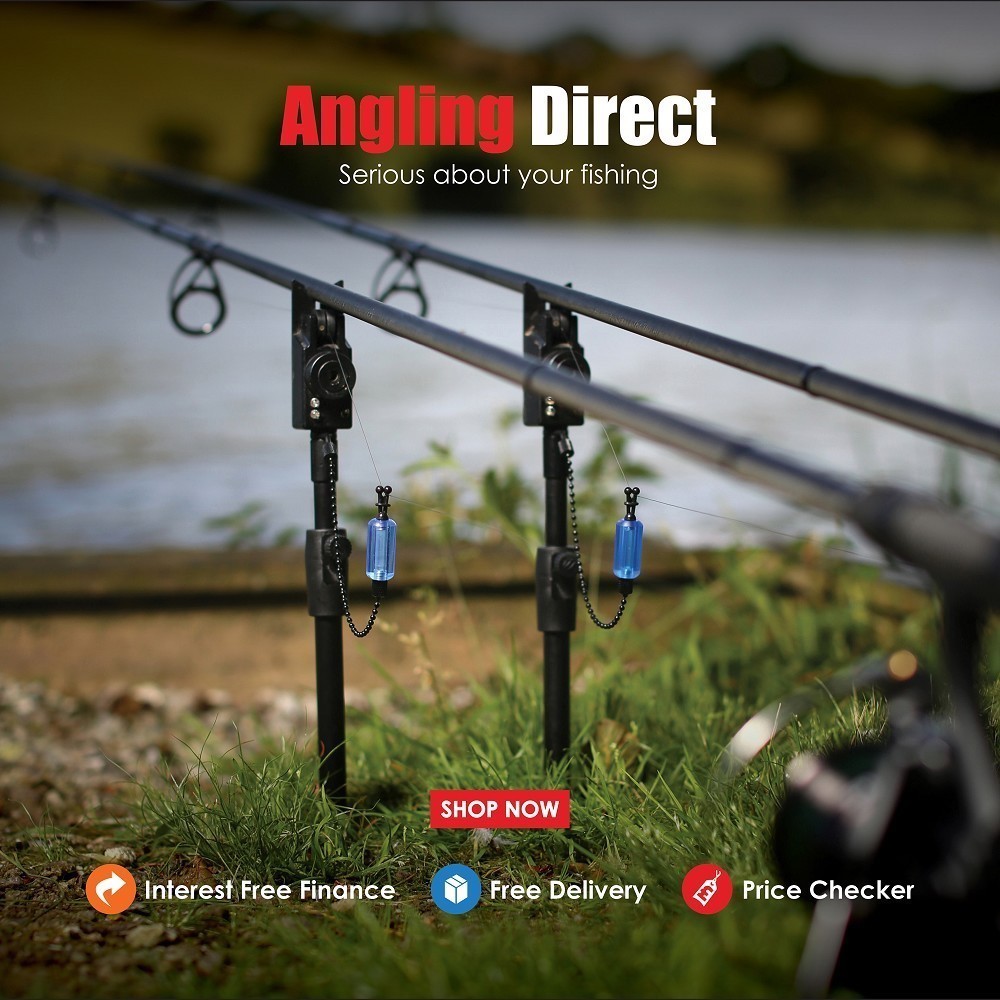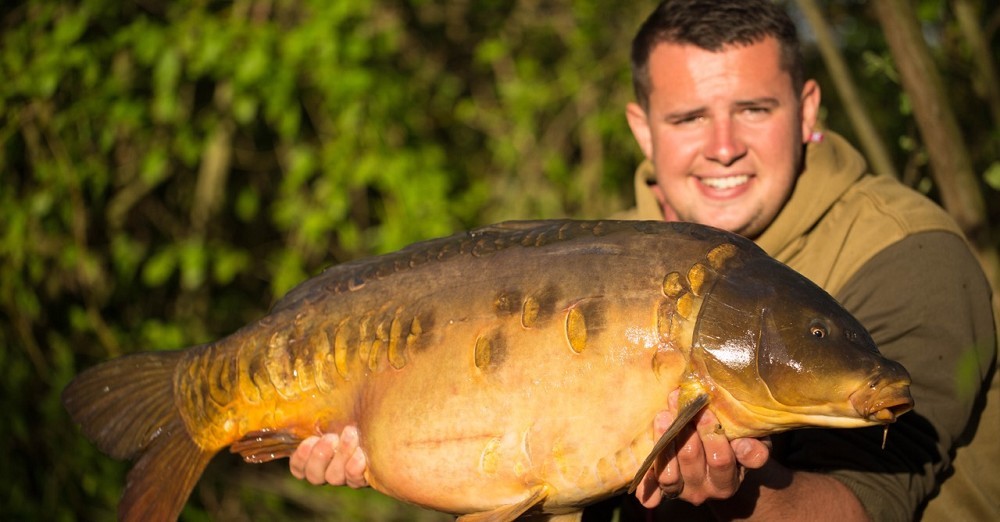
How to fish on features
Sticky's Tom Maker explains how to fish on features in gravel pits
I do a lot of my fishing in Oxford and all of these lakes are gravel pits. Unlike your standard commercial or mere, they do not sit at an even bottom; they are littered with various lumps, bumps and bars.
These features can be great to fish on top of, especially now the fad seems to be getting on the back or sides of these spots. It has almost gone full circle now, with the fish-feeling safe feeding on top of them once again. They are like a magnet to the carp and you see them spending lots of time around and on top of them. With them willing to feed on top of the feature, it makes for the perfect feature in my eyes.
It is hard to ignore it and it is certainly worth checking out the swim to see if you can locate something. Even if it is small depth variations of say two feet, the carp will know where it is and the natural larder will be trying to get as much sun and warmth as possible.
It is essential for this reason to use a marker float. I don’t always use one, for the simple reason that I know where a lot of the spots are in the swims and lakes I like fishing. If I didn’t, then the marker would be out investigating what it is that is out there.
The key is to set it up with braid so that you get the best transmission from the lead to the rod tip. This will give you an instant response to know what it is that you are fishing over. You will be able to feel the lead lock up behind a bar, which is when to pop the float up, then bring it back a few feet and see if there is a variation in depth.
I want to know what is going on out there. If it comes up to 5ft and is surrounded by 10ft, it will be somewhere the fish will visit. Then it comes down to how clean the bar is. If it is weeded over, I then try and locate the clean spot where the fish have been feeding around or on the side of the feature.
You can often tell how deep it is when you are feeling the lead down. It is important to pay attention when feeling the actual fishing rods down, as line stretch and wind can affect where the lead lands. Even in a strong wind and a long cast, the length of time it takes for the lead to land will let you know if you have landed on the shallow spot or not. If it takes four second from the lead hitting the water to the bottom of the lake, if when you cast the rod and it takes six seconds, you know you have landed off it.
Once you have found the spot and are happy with it, all that is needed is pop the float around the wrapping sticks to find out how many wraps it is to the spot. It is then a case of clipping your rods to the same mark and popping some marker elastic on the line, just to save you wrapping your rods up every time.
It is always worth putting the spot in to either the notes in your phone or on a notebook. It will help you massively, especially if you are planning on regularly fishing the lake. It will enable you to get in to a swim that you have fished before and know where the feature is without causing too much disturbance.
Depending on where it is on the feature that you are fishing, it is worth paying attention to your line lay too. I am not in to all this slack lining, I much prefer to have a nice, heavy leadcore leader to help pin it all down. If you are using a thick line like I do, this takes on the water and pulls it down, which coupled with the leader, gives me no worries as to fish bumping in to my lines.
I do make sure that the leader and end tackle do match the bottom that I am fishing over. It is normally gravel, so use the gravel brown coloured items of the Edges tackle, which blends in to most lakebeds.
If it is a steep feature that I are fishing on top of, I don’t want the fish to make its way to the back of it once hooked. You would be amazed how sharp gravel bars can be, coupled with a good possibility of there being swan mussels on the bottom too, you are asking for trouble. For this reason I like to fish a relatively tight clutch and in severe cases, have my rod tips slightly in the air.
With my rig, I try to be a little bit different. The fashion seems to be all about short, stiff hooklinks when fishing on gravel. Yes they work, but with everyone doing it, surely it gets to a point when it doesn’t?
I much prefer to have a longer hooklink of up to 10-inches. It is different and you have to remember that not all carp feed really close to the bottom. Some hover a few inches above gently hovering the bait and these are the fish that would fall to a longer hooklink.
I always use a wafter hookbait, which will take away the weight of the hook. Especially when the fish are feeding cagey, which they can do on blatant spots, it helps the rig behave like a normal freebie. I would say that 90% of the carp that I have caught off the bottom have been on a wafter of some description. I now have a selection in my armoury, with Krilland Signatures being available in round as opposed to just my old faithful Krill Dumbell Wafters.
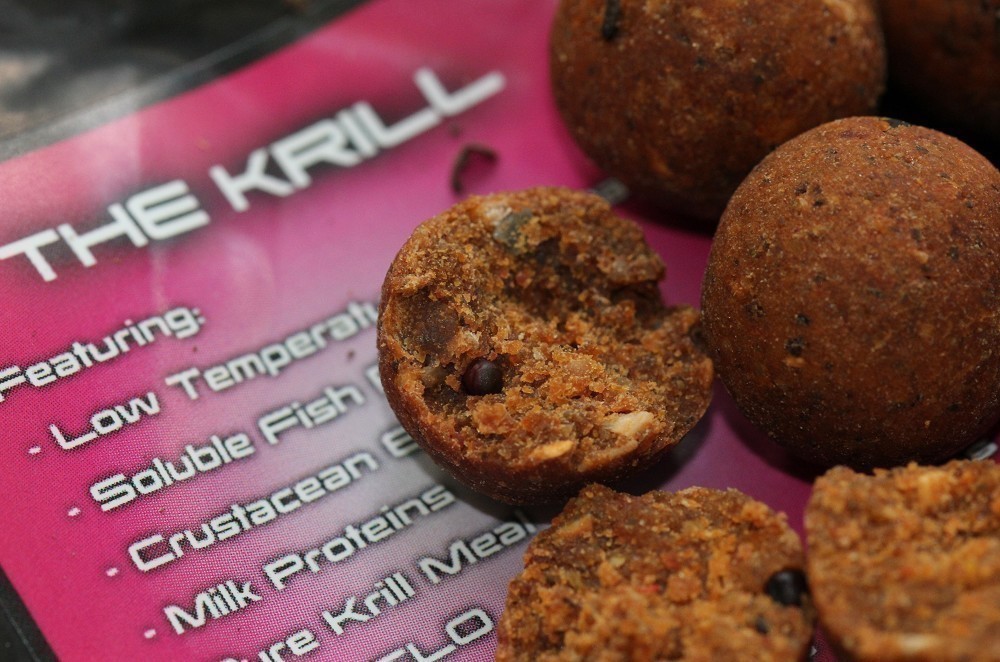 Chopped boilies are great for staying where they land, as opposed to round ones that could potentially roll off the shelf.
Chopped boilies are great for staying where they land, as opposed to round ones that could potentially roll off the shelf. Similarly to my hookbaits, my spod mix is nearly always the same and is designed to be fished over any bottom. I have old faithful hemp, sweetcorn, Bloodworm pellets and Krill boilies, some chopped and half whole. The chops are perfect for nestling on top of any bottom and with them going on to a bar, I have not got the worry of the rolling down the shelf. If the feature has a sharp raise, then all of my boilies will be halved for a piece of mind.
It stands out very visually on the bottom, which is not always necessary, but it just happens to be that way. This is the mix that catches me carp from virtually everywhere I have fished and the carp find it very hard to just swim over the baited area.
One place that stands out to mind is Hardwick. The place is like an egg box and I was fishing a feature a few springs back that was 12ft, surrounded by 26ft. It was essential to be on the spot and I was feeding a lot of halved baits. The results were incredible and despite it being a popular spot, I got plenty of bites.
I think the key was to being a little different and it ended up catching me the biggest fish in the lake. On spots like these, if the fish are feeding on there and I am catching fish, I won’t hesitate in putting all three rods on the spot. It gives me even more of a chance of a bite when the fish come in, having three hookbaits in amongst the freebies.
With the way I fish a fairly tight line and tips slightly up, when I hook a fish it comes straight to the top most of the time. This keeps the hooked carp away from the spot and the other feeding carp, but also away from my lines. That is most anglers concern, wiping the other rods out. It can happen from time to time, but if you stay focused and in control of the carp you don’t need to worry about it.





